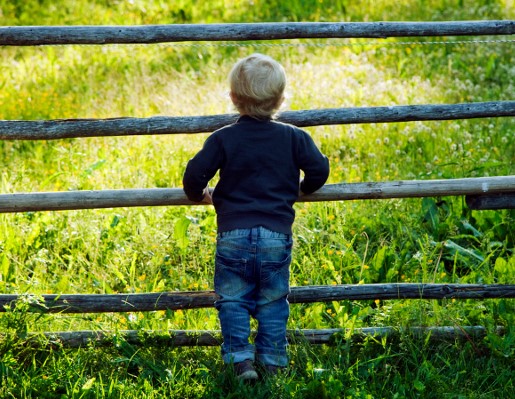People cross the iron footbridge on bikes or foot on a hazy, lazy, warm Sunday afternoon. I sit about 75 meters upstream from the bridge, and though I’m in the open, few passersby see me either from the bridge, or the narrow park road across and above the stream.
 The water ripples with washboard effect in this section of the stream, masking most of the noises from vehicles passing irregularly on the road adjacent to the park. Occasionally an especially loud car or truck, or the dark, throbbing bass of a boom box, penetrate the stillness, but the noise does not disturb, much less disrupt the inclusive awareness of meditation.
The water ripples with washboard effect in this section of the stream, masking most of the noises from vehicles passing irregularly on the road adjacent to the park. Occasionally an especially loud car or truck, or the dark, throbbing bass of a boom box, penetrate the stillness, but the noise does not disturb, much less disrupt the inclusive awareness of meditation.
I look up to see a female mallard less than five meters downstream. She’s lingering warily along the bank, treading the gentle current. I sense her awareness of me, and don’t move. She inches closer in the next few minutes. Suddenly she explosively bursts into the air, raining drops onto my skin.
Doing nothing—simply intensely and undividedly observing everything that is happening outwardly and inwardly—is the highest action that a human being is capable.
Initiating the movement of negation, which effortlessly dissolves patterned thoughts and accumulated emotions, may be the path to illumination. But first it’s an essential action for health of the mind and body.
Obviously, for the organism to operate optimally, it has to empty out accretions. Mental accumulation is not just a matter of ‘information overload,’ but of absorbing toxic content of which one is unaware.
The process of being fully aware of emotional, mental and physical accumulations, of allowing them to flow forth into awareness and be released from the mind and body, is the process of negation in meditation.
Unless one is actually in a meditative state of awareness, experience leaves a residue of which we are not entirely aware. For example, we’ve all had experiences where we think we’re having a good conversation with someone, but they make a cutting remark, perhaps unintentionally, which ‘sticks in our craw.’ We don’t realize it until later, when we feel angry but aren’t sure exactly why.
There are three approaches to such things. One can, as most people do, push the offending remark away and push on, telling ourselves, ‘it’s nothing and it doesn’t bother me.’ In this way, one becomes oblivious to what is going on within one, and becomes the kind of person that made the thoughtless remark.
The second approach is to analyze one’s delayed reactions, try to intellectually understand them, and thereby control one’s emotions. This ‘top down’ method strengthens the accumulative, calculating mind, stunting the heart and the human being.
A third approach is to intensely observe, without the separation of the observer, one’s thoughts and feelings about the incident as the mind replays it, without trying to analyze or explain. In this way the effects, indeed the memory of the underhanded remark is deleted.
about the incident as the mind replays it, without trying to analyze or explain. In this way the effects, indeed the memory of the underhanded remark is deleted.
In short, the mind stores experiences that leave traces on the emotional centers of the brain. If one knows how to observe the movement of thought/emotion in oneself, the residue of the experiences will spontaneously unfold, tell their story, and be finished.
This is the healthiest way of going about things, and remaining young in mind and heart. Of course it requires an understanding of right observation, which is completely undivided and unwilled. It also requires taking the time every day to passively and energetically watch the film of one’s mind run, until it stops.
Most people, especially in hyper-individualized societies, are not aware of the culture—the sea in which we all swim. They are like the fish who turns to the awakening fish and says, ‘what water?’
Periodically in California, animals at the top of the food chain—otters, seals, birds, dolphins, and even whales—wash up dead on the Pacific coast. Scientists think this disturbing phenomenon, whose immediate cause appears to be toxic algae growth, is the result of many factors—pollution, warming of the oceans, over-fishing, environmental stress, etc.
This is both a metaphor and physical expression of the cumulative effects of the buildup of poisons in and from human consciousness. Without regularly initiating the cleansing movement of negation, accumulations build up to toxic levels—in the environment, and within us.
Martin LeFevre

